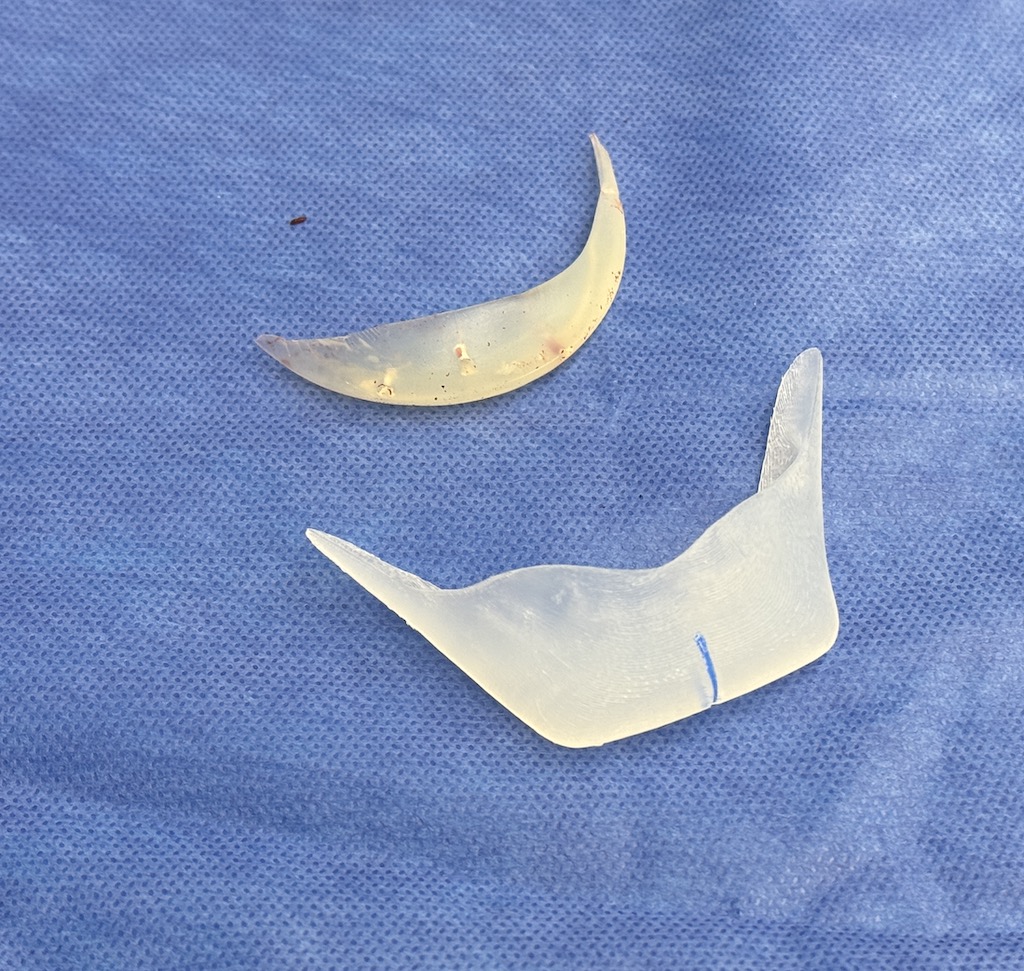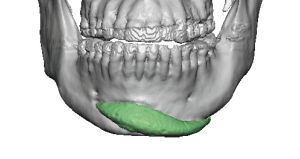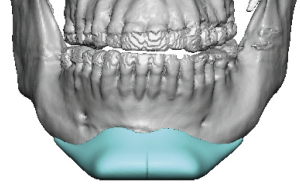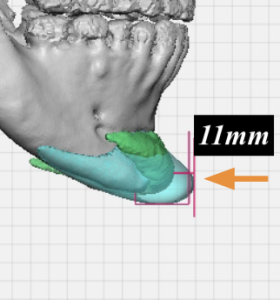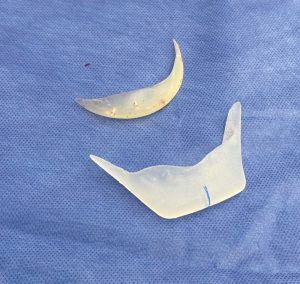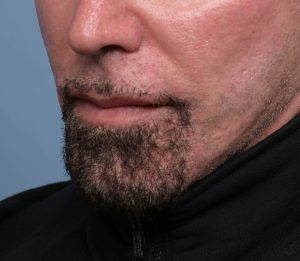Background: Chin augmentation must consider the three dimensions including horizontal, vertical, and width. But when bony asymmetry exist this adds another variable to consider. The choice between a standard and custom implant comes down to the aesthetic dimensional needs and whether any asymmetry exist. Unique or exaggerated dimensional needs as well as any amount of bony asymmetry are indications for a custom implant design. When standard implants are used when bony chin asymmetry exists, almost no matter how the implant is adjusted for the asymmetry, usually just a different form of chin asymmetry results. It is difficult to make a standard implant work for a non-standard problem.
Once a standard implant is used in chin augmentation and an inadequate result is obtained a 3-D CT scan will clearly show the reason why. Having an implant in, although it may have been aesthetically unsuccessful, does help tremendously in planning for its replacement. As the old motto goes when you clearly know why something doesn’t work you have a much better idea as to how to make it work. In custom implant designing based on 3-D CT scans this is known as an overlay design on top of the existing implant so the changes can be fully appreciated.
A desire for a square chin implant means that its shape should be very square which can only be made by a custom implant design. The question is all square chin implant designs is the width, how wide should the squareness be. As a general rule the width of the chin on square designs should be in line with the that of the jawline behind it.
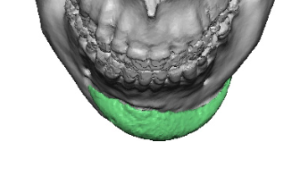
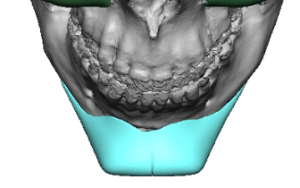
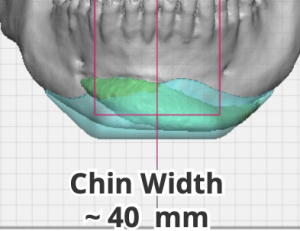
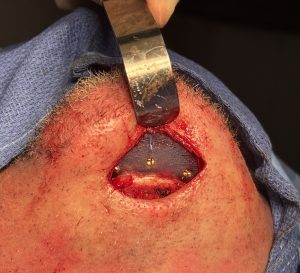
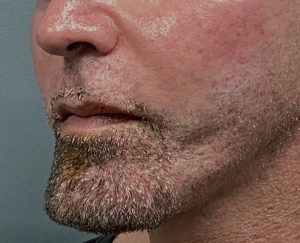
Key Points
1) The extra large square chin implant is one that horizontally extends beyond the lower lip and has a chin width greater than 35 mm.
2) with a wide square chin implant it is best to secure it with either two or three screws to the inferior border.
3) Bony chin a symmetry is best treated by a custom implant design.
Dr. Barry Eppley
World-Renowned Plastic Surgeon

